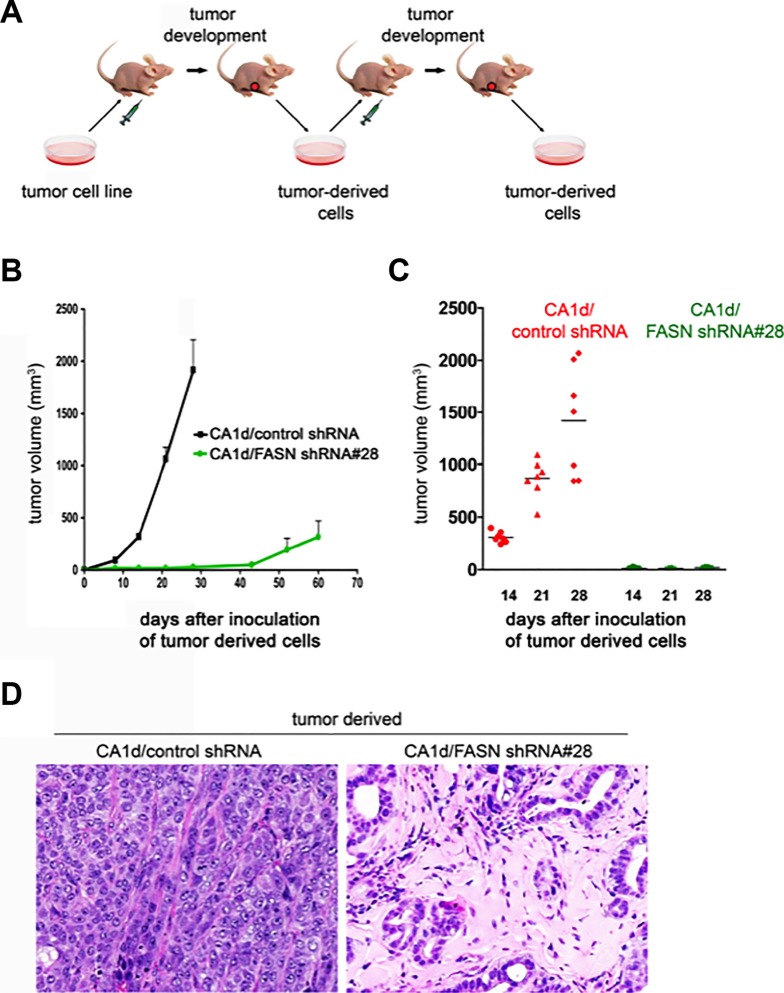Figure 4. FASN depletion promotes a dormant-like phenotype as tumor-derived FASN-negative cells maintain a non-malignant phenotype after a second passage in vivo.
(A) Schematic representation of the experimental protocol to obtain second passage tumors. Control (CA1d/vector control) and FASN-depleted (CA1d/FASN shRNA #28) tumor-derived cells harvested from the first generation transplanted tumors after 7 weeks, were grown in culture, and xenografted to form second transplant-generation tumors. (B) Second generation, FASN-negative tumor-derived cells are growth impaired. Orthotropic model of tumor outgrowth of the second transplant generation of empty vector control (CA1d/vector control) and FASN-depleted CA1d tumor-derived cells (CA1d/FASN shRNA#28) measured over 60 days. Data from one representative experiment are presented as mean ± SD. (C) Graph showing the distribution of tumor sizes of second-generation tumors in control and FASN-depleted cells 14, 21, and 28 days post injection. Results from one representative experiment are presented as mean ± SD (n = 10). (D) Histology (H&E stain) of second passage tumors derived from control (CA1d/vector control) and FASN-negative (CA1d/FASN shRNA# 28) tumor-derived cells. Note that the FASN-negative cells maintain their non-malignant phenotype, presenting nearly normal looking ducts in contrast to the highly aggressive tumor in the control group.

